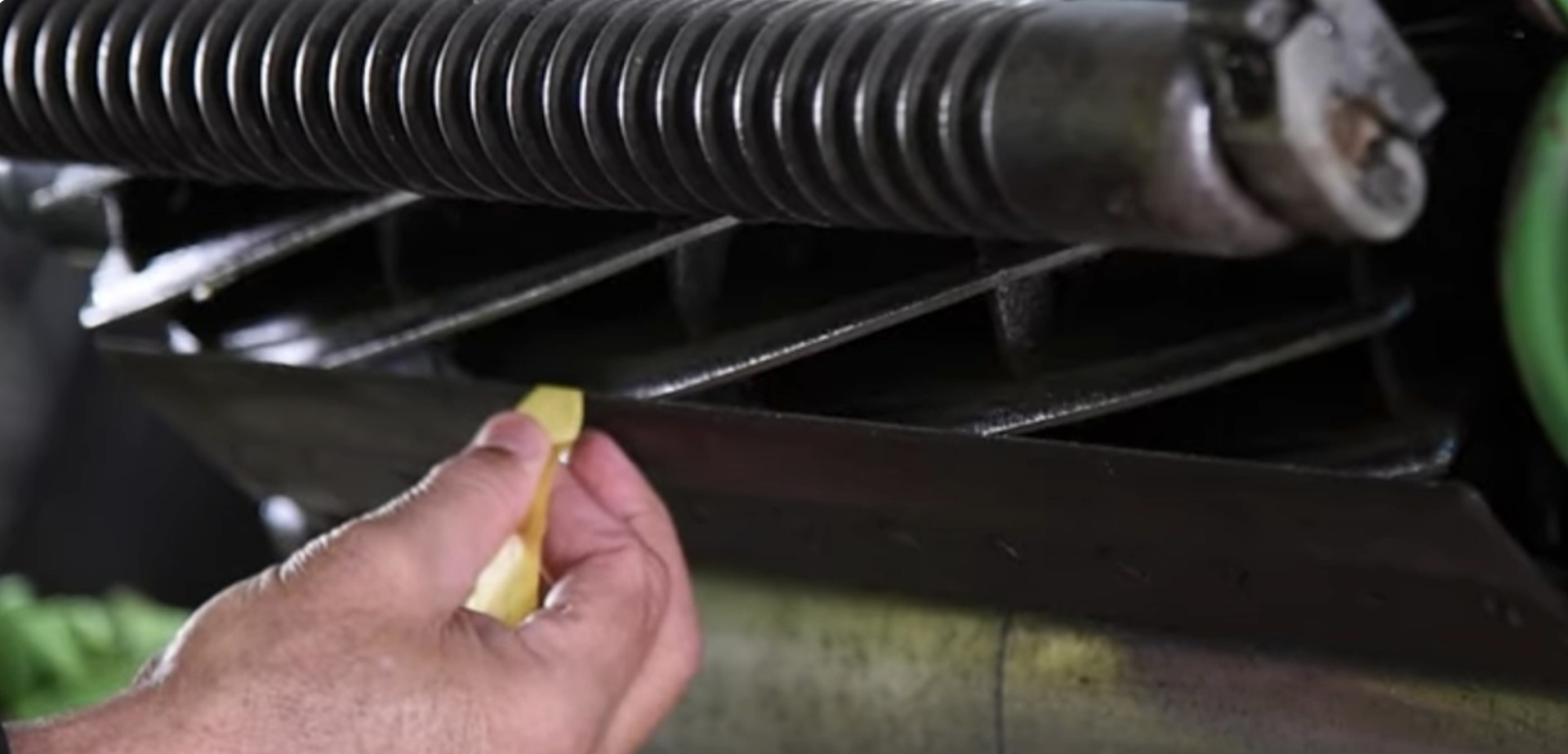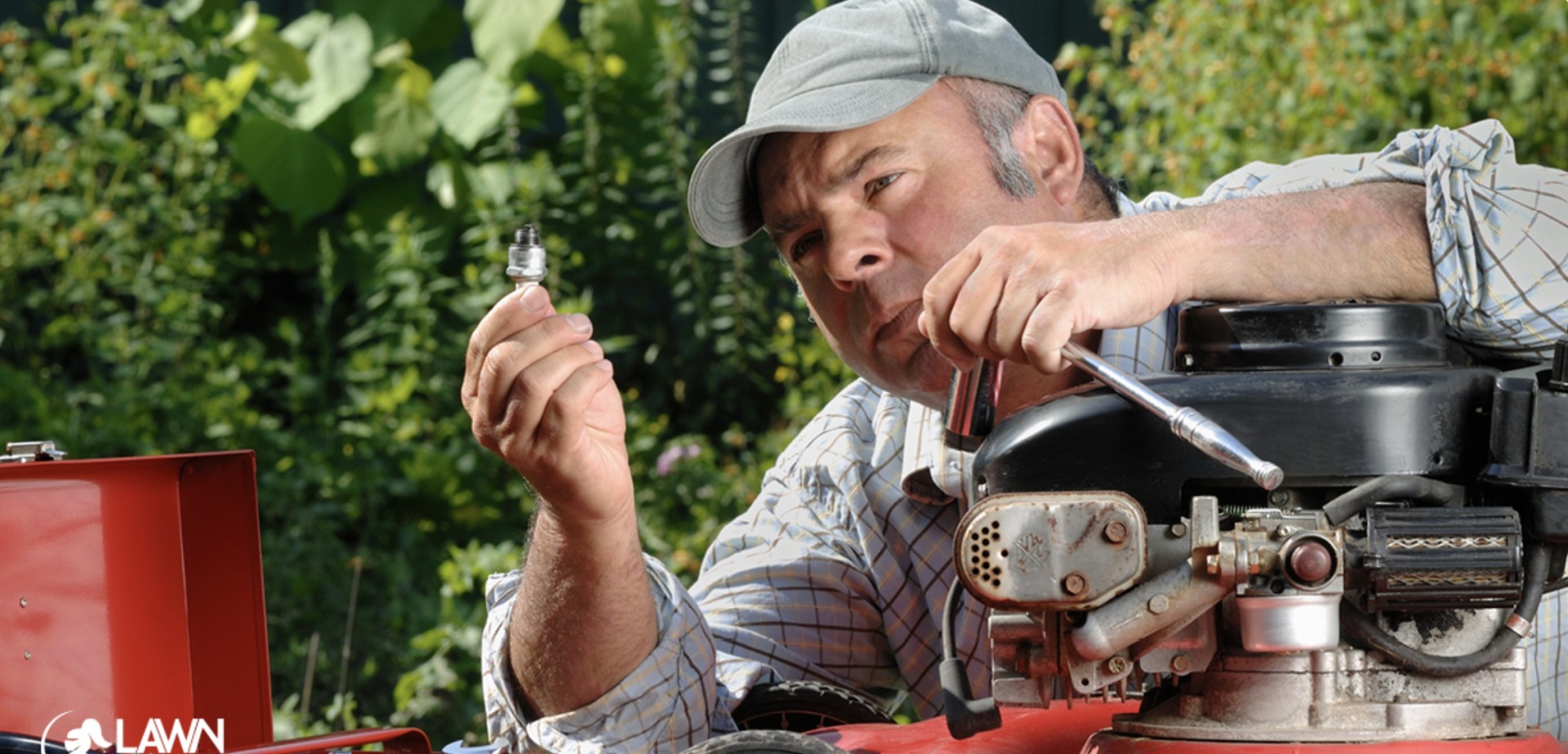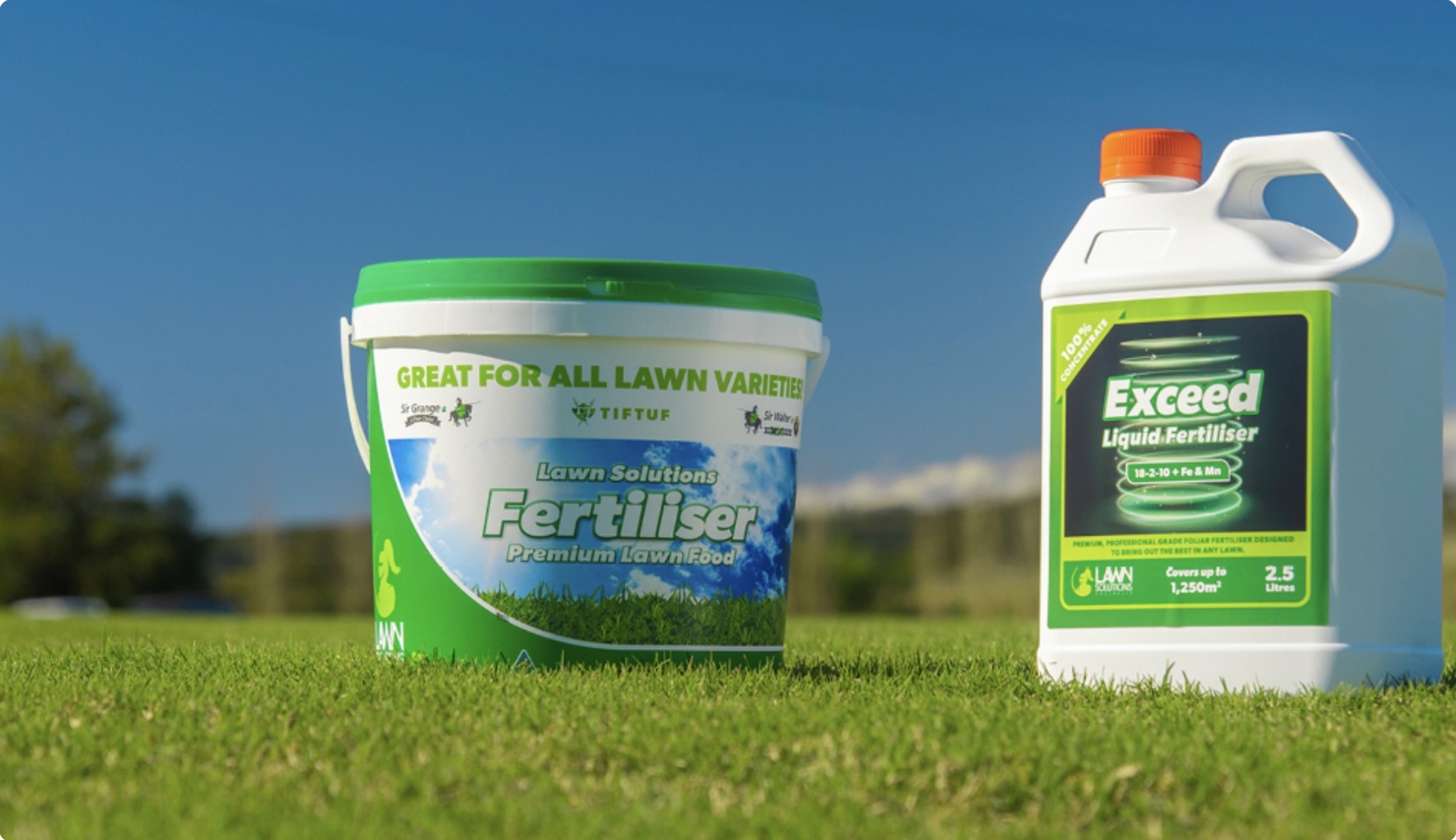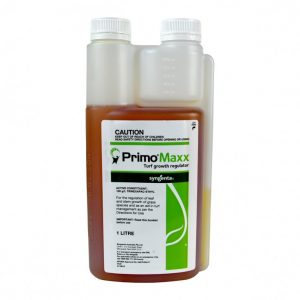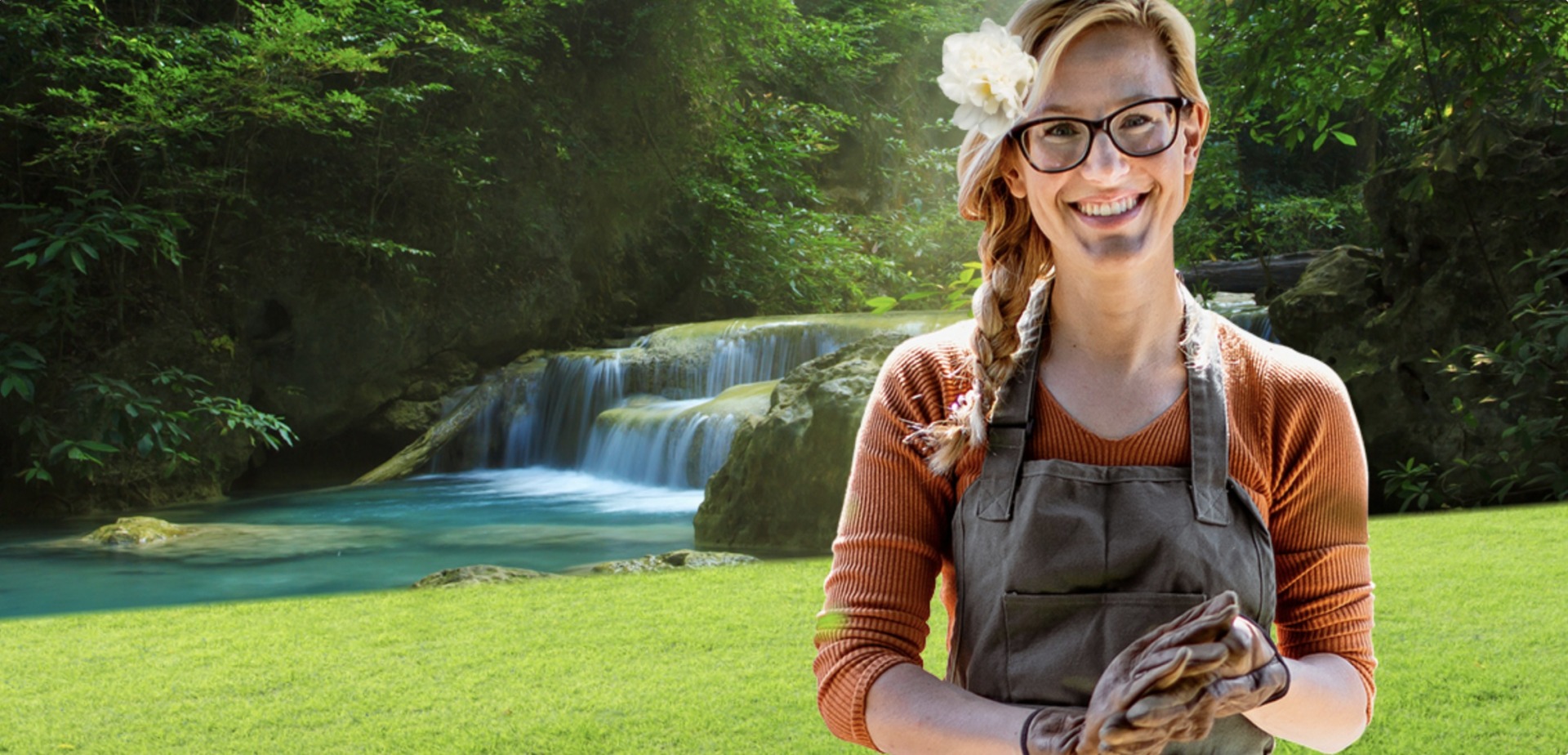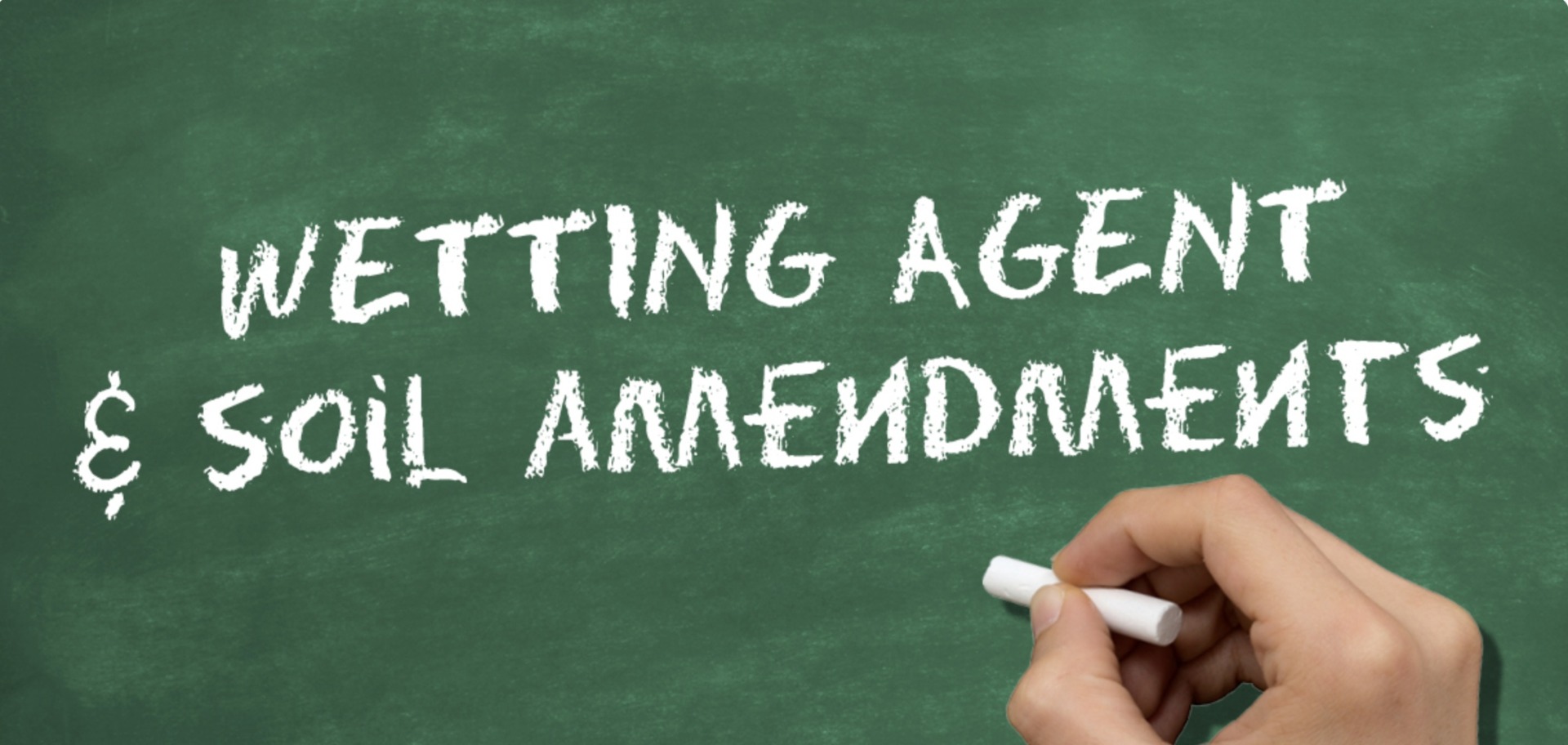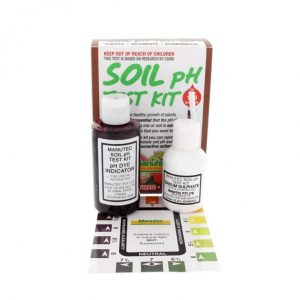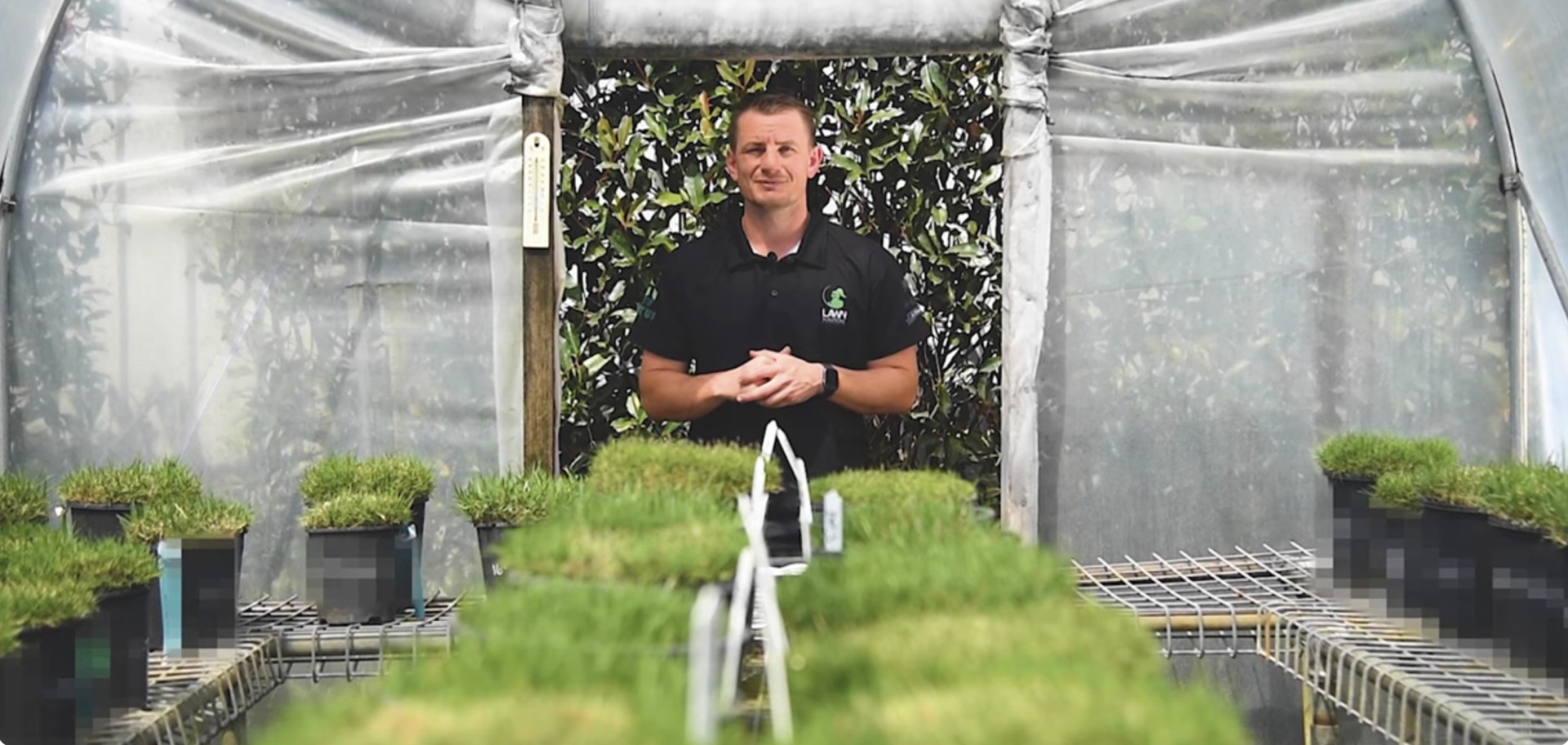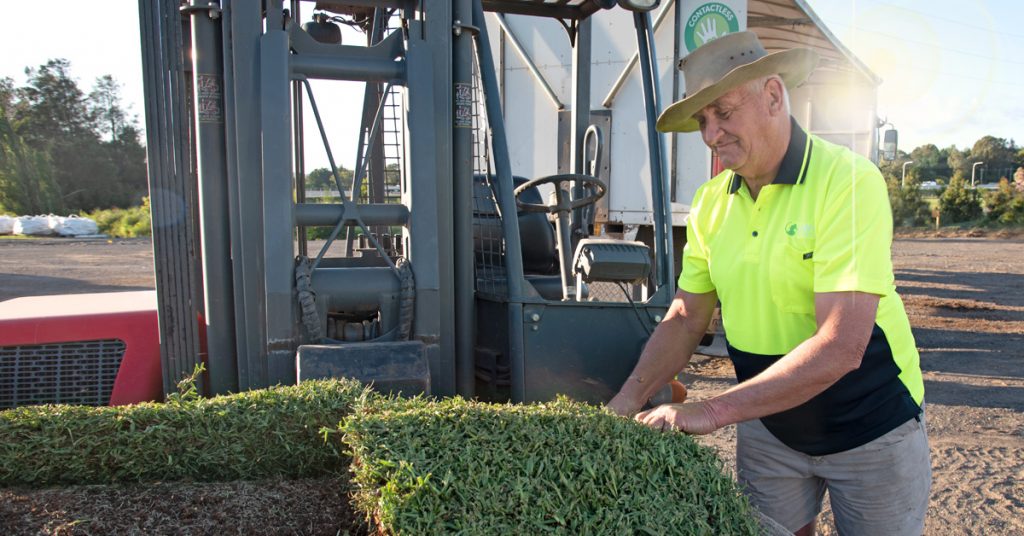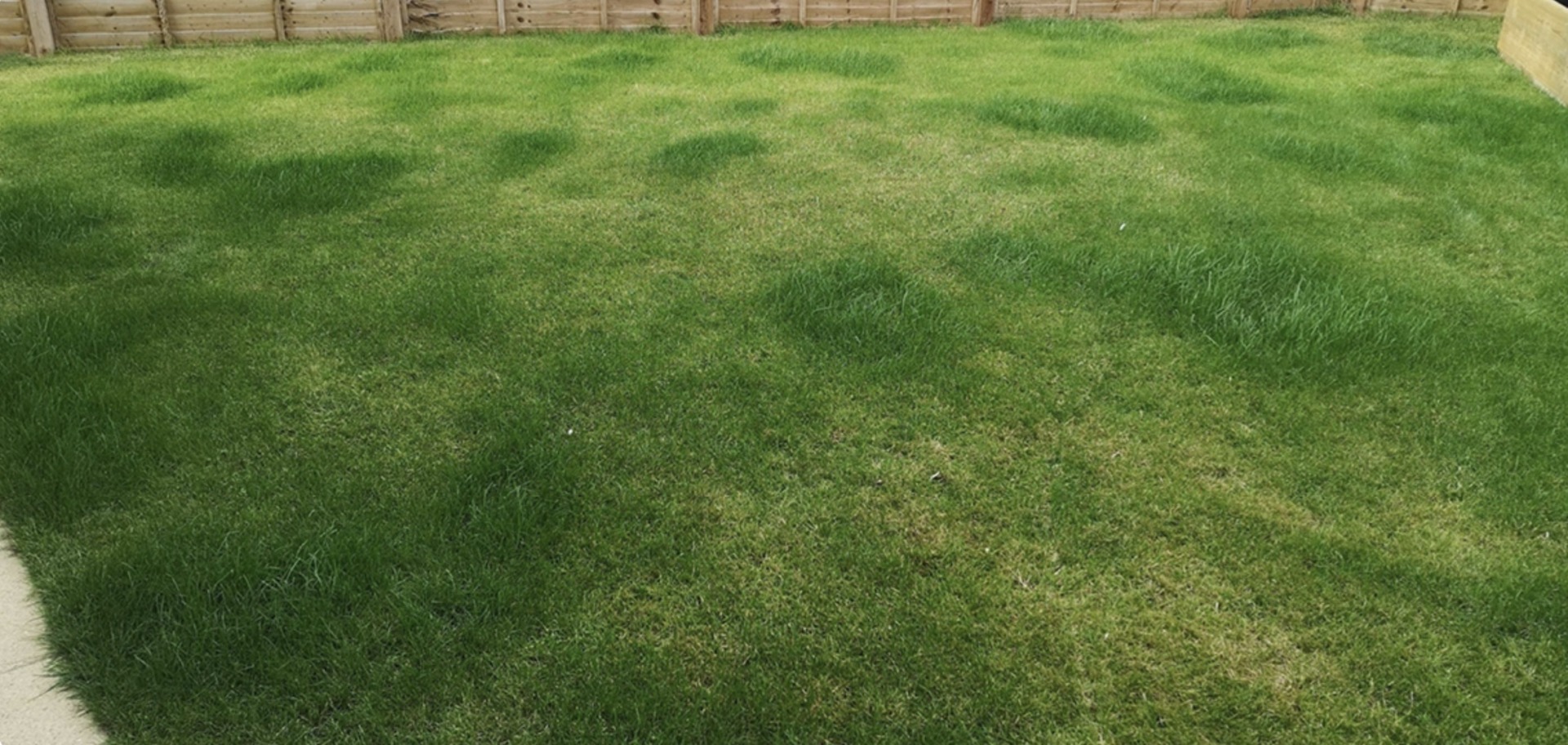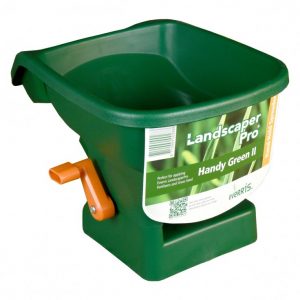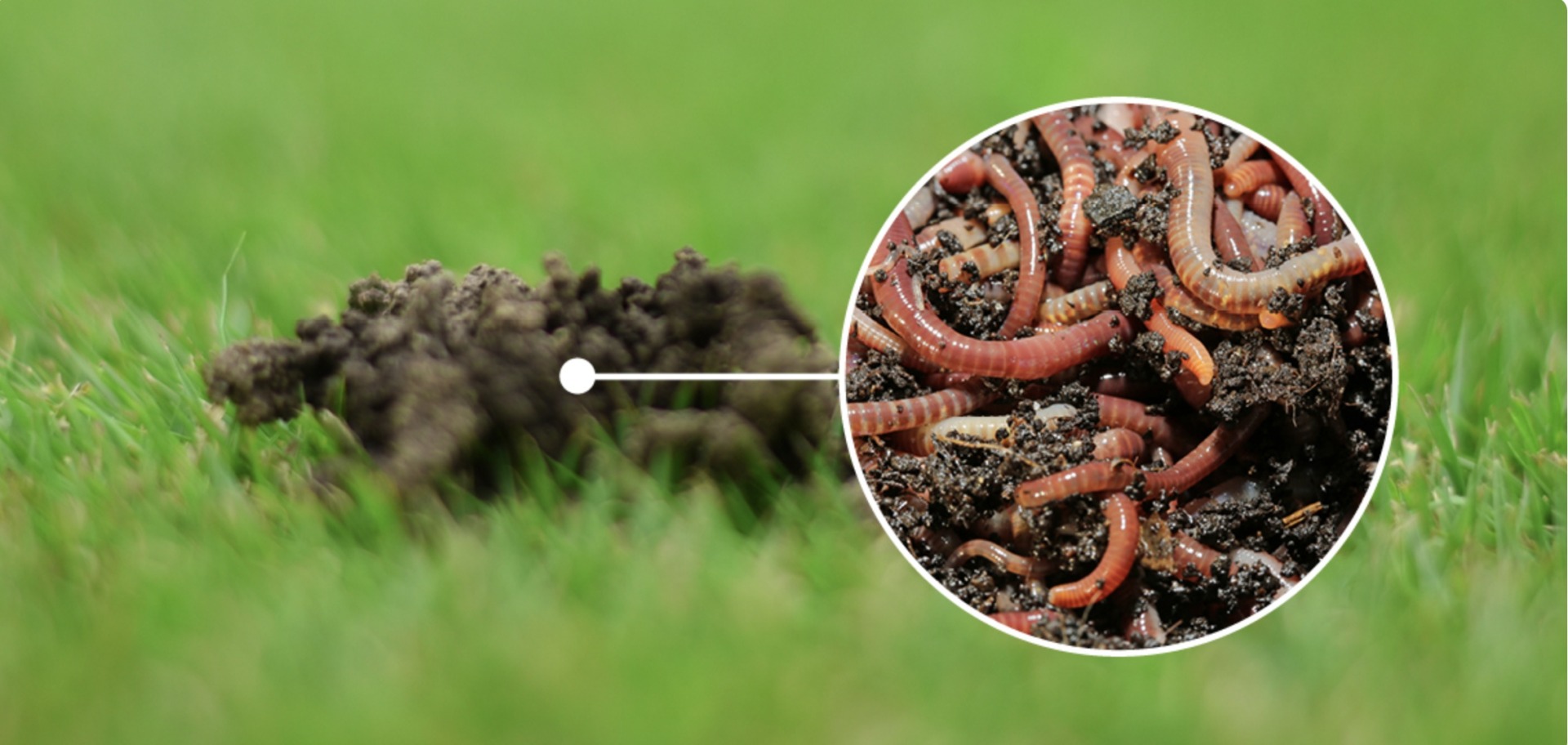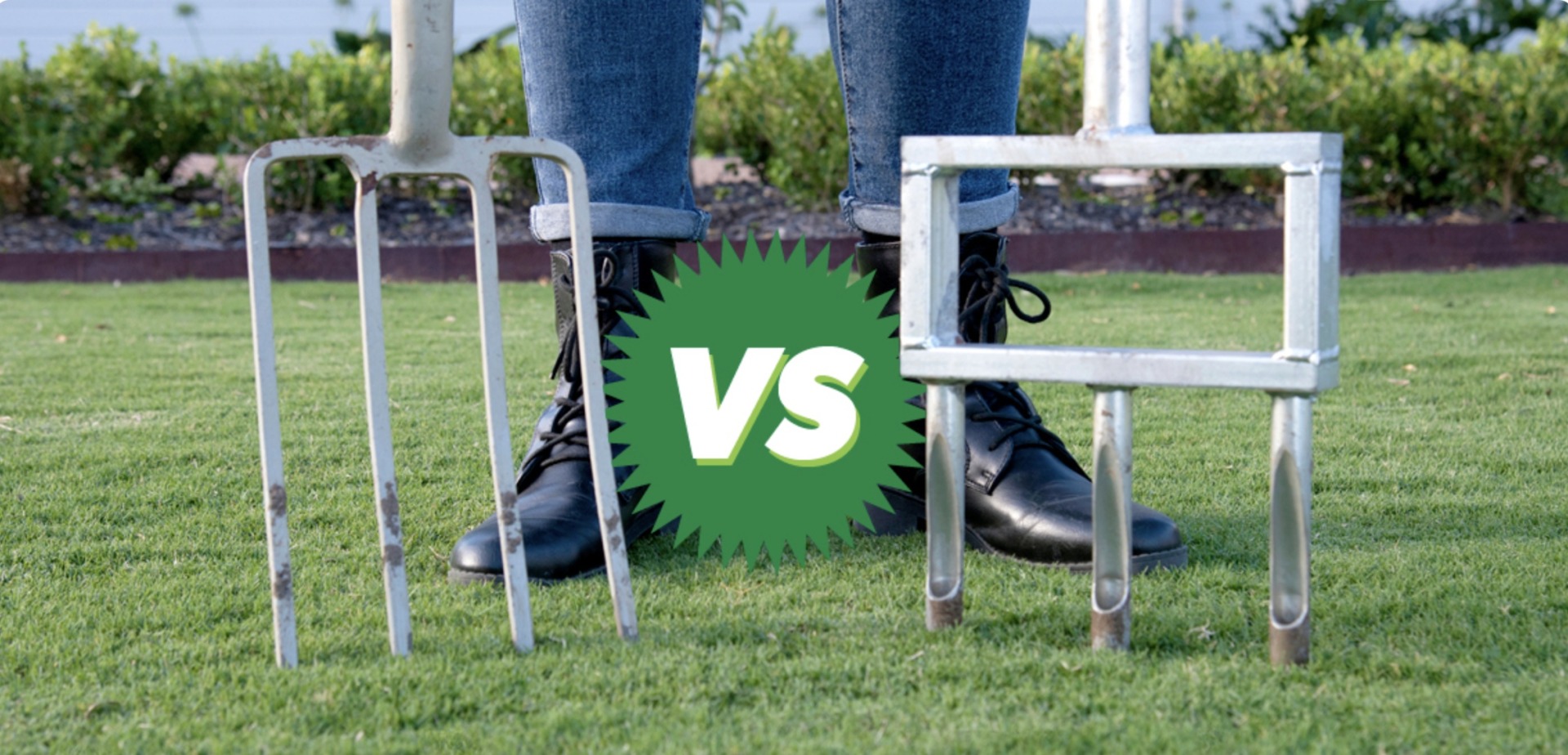If you have a cylinder mower, a sharp reel is important to ensure a nice clean cut to your grass. But, do you know how to Back Lap a Cylinder mower? This blog looks at how to sharpen the blades on a cylinder mower.
What is back lapping?
If your reel and bedknife are not working as they should, your grass blades will be torn rather than cut. This isn’t great for the appearance of your lawn and is also not ideal for plant health.
Back lapping is the process of maintaining the sharpness of your cutting cylinder blades. This helps to ensure your reel and bedknife are bedded together and cut evenly, providing a sharp and even cut. Once the cylinder edge has been lost, you will need to have the cylinder re-ground.
Before you undertake the following back lapping process, it’s extremely important that you handle the machine safely and wear suitable protective equipment. Make sure you are wearing gloves, you are not wearing any bagging clothing, particularly long sleeves, and have a safe working area clear of clutter and away from others.

Step 1 –
The first thing you want to do is make sure that the machine won’t function. Turn the on/off switch to off and for extra safety remove the spark plug.
Step 2 –
Tip the cylinder mower backwards so that the reel and bedknife are easily accessible.
Step 3 –
Use a Mill Bastard file to take the round edge off the bed knife. As you do so, move the cylinder reel away from the pinch point. Using the file to put a sharp cutting edge on the leading edge of the bedknife.

Step 4 –
Use a cordless drill or back lapping machine and socket to turn the cylinder reel backwards.
While it is spinning, wet down the reel and bedknife lightly with water. A spray bottle will make this easier to get a nice even coverage of water across all elements.
Step 5 –
Next, apply back lapping compound or paste. This paste is a water-soluble grinding paste designed specifically for sharpening blades.
Apply back lapping compound evenly using a small to medium-sized paintbrush with a long handle while the reel is spinning. Using a piece of PVC pipe over the handle can help extend the length of the handle so your hands are kept at a distance from the blades.
The brushes only need to flick the reel blades as they spin lightly brushing as it goes around. Do not allow the brush to enter too far into the cylinder.
Important note: It is extremely important you are paying full attention while doing this and keep your hand as far away from the spinning reel as possible.
It is suggested to allow the cylinder to spin backwards after applying the grind paste for 5 minutes.
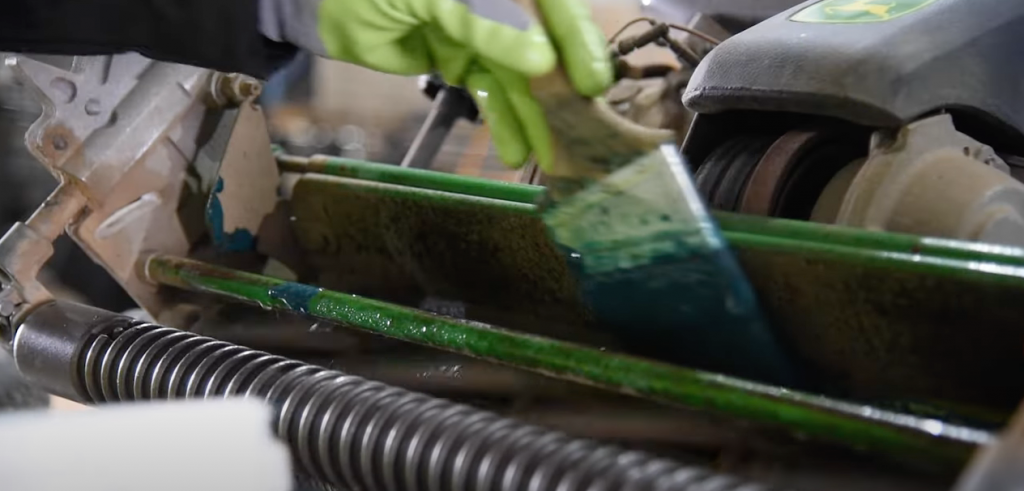
Step 6 –
Once the blades have been coated, wash off the paste using a hose.
Step 7 –
Adjust the cylinder position evenly to the bedknife, ensuring both sides and just touching the bedknife and the cylinder is spinning smoothly and not too tight.
Make sure the cylinder adjustment lock nuts and loosen prior to adjusting.
Step 8 –
Check with paper for sharpness. Checking cutting cleanly right across all the reel blades. The paper should cut easily like it would when using sharp scissors.
Once you have completed this process spray your cylinder, bedknife and other moving parts with WD40 or a lanolin spray like Inox to stop corrosion and rust.
Now you know how to Back Lap your Cylinder Mower. You should now have your cylinder perfectly balanced, sharp, and ready perfectly cut your lawn.
For more lawn care tips and advice, check out our other lawn care blogs here.
As always, if you have any more questions please don’t hesitate to contact us for free expert advice on 1800ALLTURF (1800255873) or 07 5543 8304.
